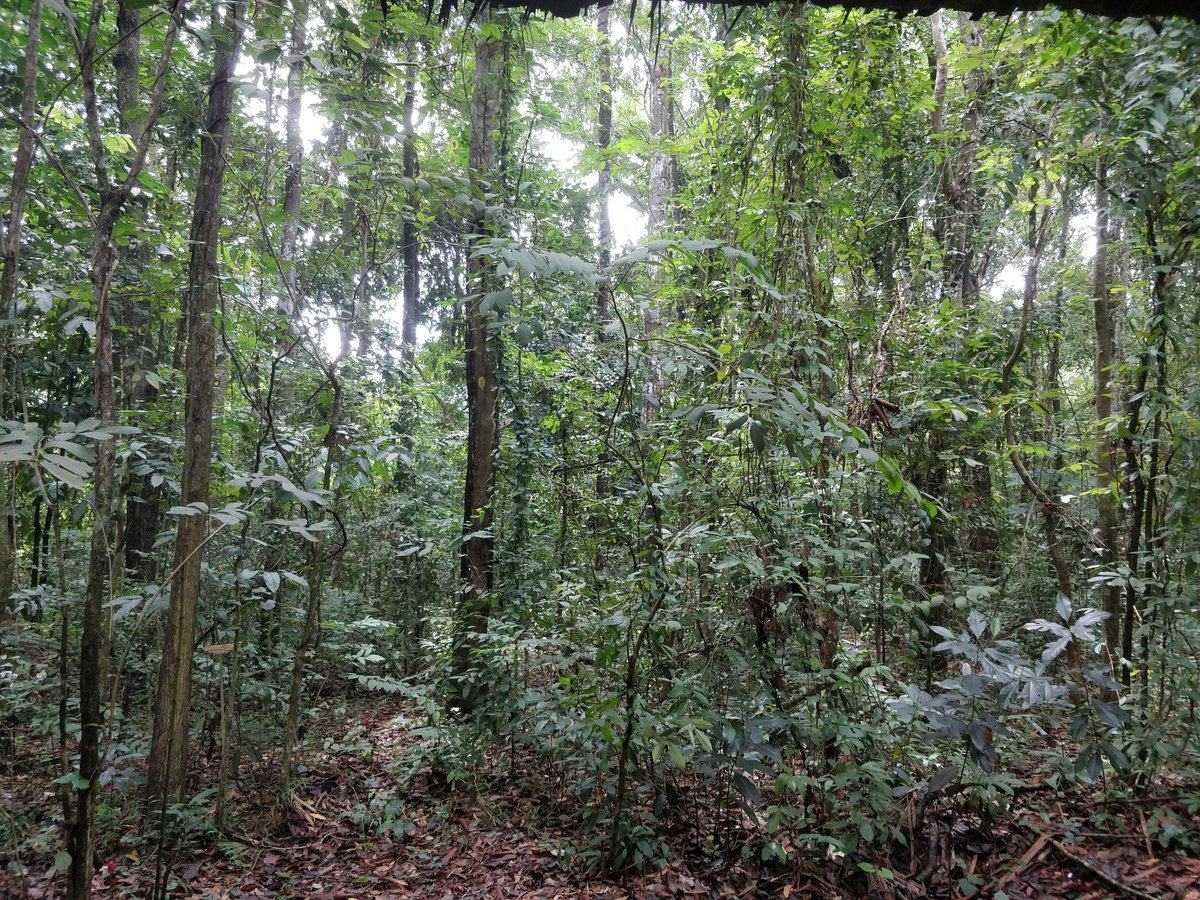
Karinchamundi, Kulikkaavu, Karivellur.
കരിഞ്ചാമുണ്ഡിയമ്മ, കൂളിക്കാവ് കരിവെള്ളൂർ
#Theyyam
Via തെയ്യപ്പെരുമ
കരിഞ്ചാമുണ്ഡിയമ്മ, കൂളിക്കാവ് കരിവെള്ളൂർ
#Theyyam
Via തെയ്യപ്പെരുമ
Here's a longer video: #Theyyam
• • •
Missing some Tweet in this thread? You can try to
force a refresh

































